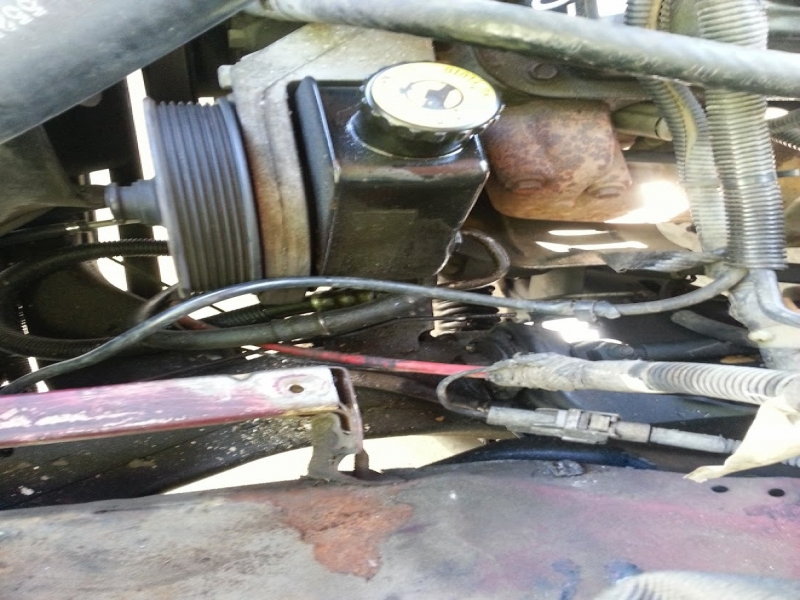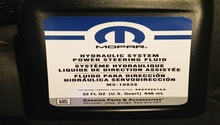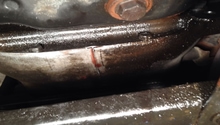Dodge Ram 1994-2001: How to Change Power Steering Fluid
Your steering system relies on power steering fluid to make steering easier for you, especially while driving in parking lots. Without power assisted steering, you are the only force turning your wheels across the pavement with thousands of pounds on the wheels. Fresh power steering fluid ensures seals inside the fluid will not be damaged and prolong pump life.
This article applies to the Dodge Ram 2nd Generation (1994-2001).
The power steering pump draws fluid in from the reservoir by a constantly turning gear driven by the pump pulley. The pump gear moves fluid throughout the power steering system similar to a rower pushing his/her boat downstream. When you turn the wheel, this fluid acts on a piston mounted inside of the steering rack. This piston connects to the mechanical link in your steering system (the tie rods) to help it move. Dirt can contaminate the system rather easily, whether through O-rings that are deteriorating on hard line connections, or from leaking seals located at the rack and pump.

Materials Needed
- Fluid excavator or transfer pump
- Four quarts of MS5931 power steering fluid
- Shop rags
- Safety glasses
- Jack stands
- Floor jack
Step 1 – Raise and support the front wheels
Raise both sides of the front of your truck with a floor jack. Support the truck with jack stands placed on each frame rail. You can place a piece of wood between the jack stands and frame rails to reduce any damage that may be caused by the jack stands.

Figure 1. Supporting the front of the truck with jack stands.
Step 2 – Remove/drain the power steering fluid
This can be done in several ways. For those with access to an air compressor, a fluid excavator is made that can suck fluid out of the power steering system. On the tool is a rubber funnel that seals to the fluid reservoir creating a vacuum on the system. Mityvac creates different versions of this tool.
Alternatively, a baster or fluid transfer pump can be used to extract as much fluid as possible.
Another method to flush the system is by disconnecting the return line and placing it into a bucket. Then, start the engine and continuously pour new fluid into the reservoir. You must have two people to use this method, and there is a chance of damaging the pump if the fluid level becomes low.

Step 3 – Bleed the system
Now that most of the fluid has been removed, pour in new MS5931 power steering fluid until the reservoir is at the cold full mark. Most generic brands of power steering fluid are compatible with this part number, but to be sure, double check the back label.
With the wheels still raised, replace the reservoir cap, start the engine, and turn the wheel lock-to-lock about ten times. Do not hold the wheel in the full lock position. This will move fluid through the system and draw the air out.
You will repeat Steps 2 and 3 three more times to complete the bleeding procedure.
Step 4 – Check the power steering system's condition
Once the bleeding process has been completed, start the engine and warm it to operating temp. While the engine is warming, check the fluid level several times as it changes from full cold to full warm.
If your power steering pump is whining at this point, there may still be air in the system or there could be a seal leak causing fluid loss. Air can also be drawn into the system through a leaking seal.
If you find the power steering fluid aerated (appears foamy), the system still needs to be bled or repaired as necessary.
Lower your truck back down, and go for a test drive. Come to a stop and slowly turn with the wheel almost rotated to the lock. You may notice some improvement in your steering feel.

Related Discussions
- Power Steering Fluid TSB - DodgeForum.com
- Power Steering Flush - DodgeForum.com
- Power Steering Bleed Valve - DodgeForum.com






